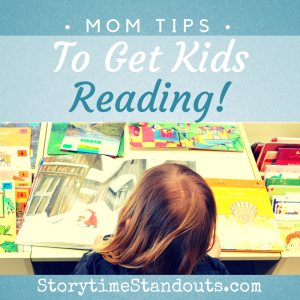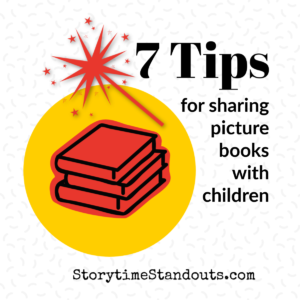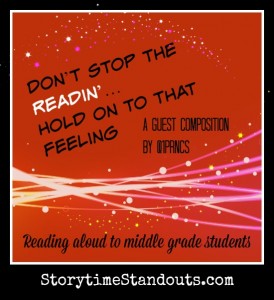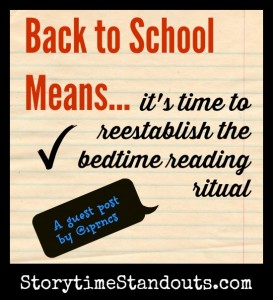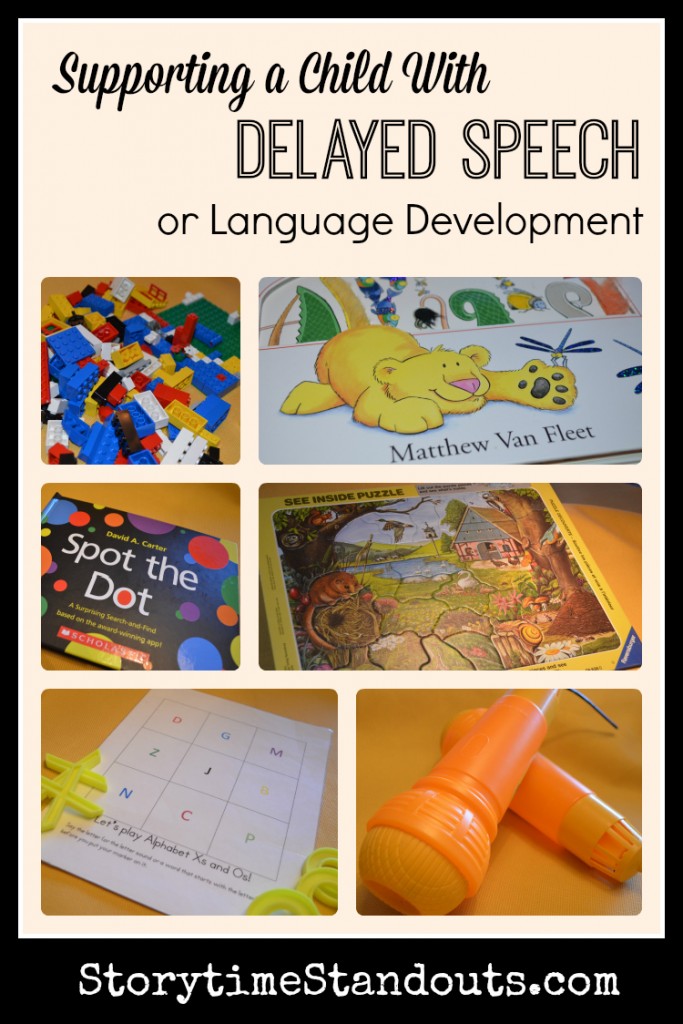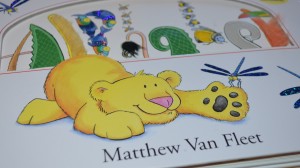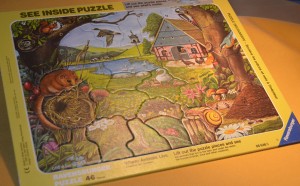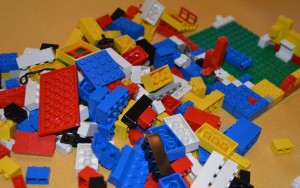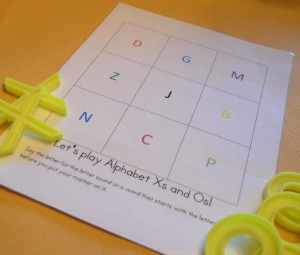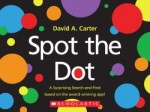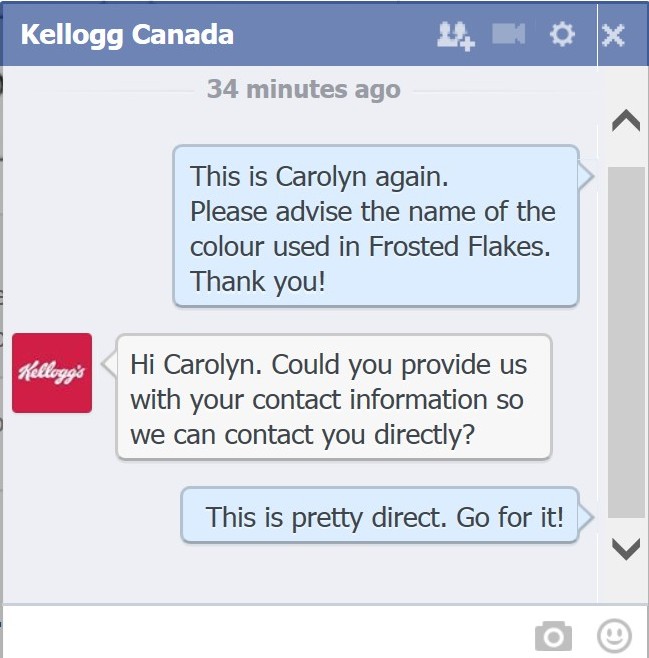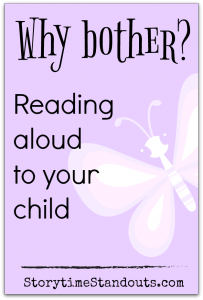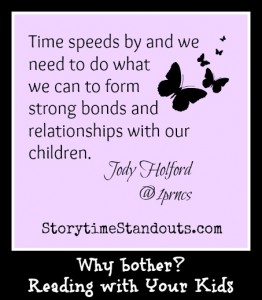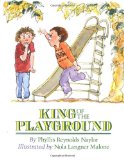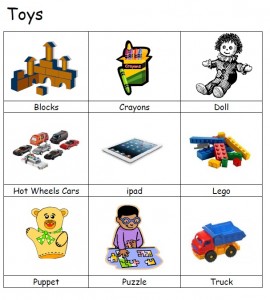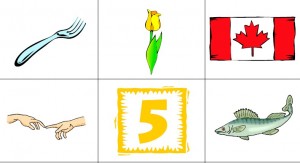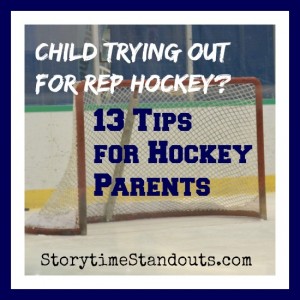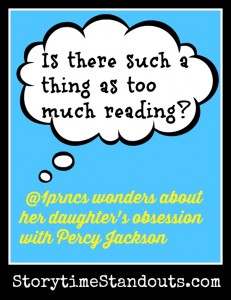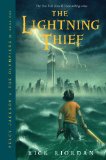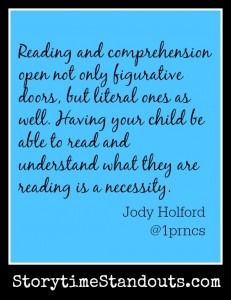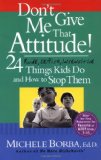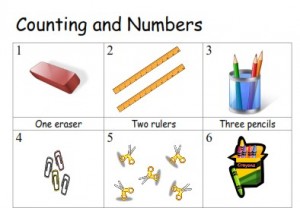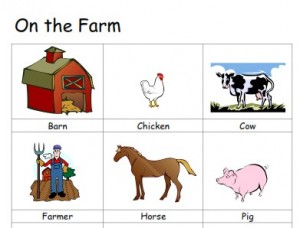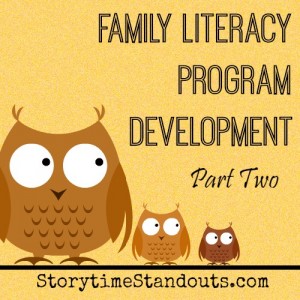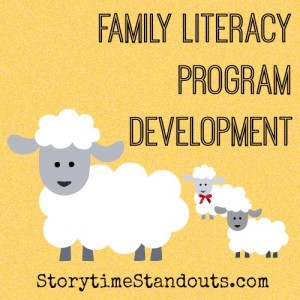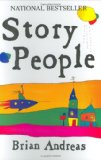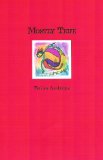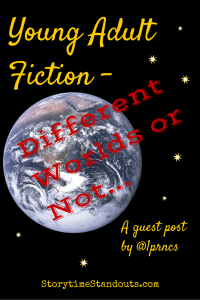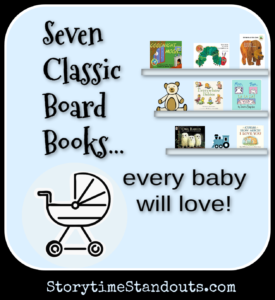
Start baby’s first book collection with these special classic board books! Award-winners and bestsellers, these are stories that every child should hear, see, touch and enjoy. Board books make perfect gifts for baby showers and first birthdays. These are stories that mommies and daddies will read again and again.
 We began reading to our first son when he was six months old and I always recommend establishing a daily read-aloud routine while children are very young and happy to cuddle before bedtime. Don’t be shy about using silly voices or being dramatic. Make the read-aloud experience relaxed, fun and memorable.
We began reading to our first son when he was six months old and I always recommend establishing a daily read-aloud routine while children are very young and happy to cuddle before bedtime. Don’t be shy about using silly voices or being dramatic. Make the read-aloud experience relaxed, fun and memorable.
For tips on reading aloud to infants and children, be sure to read our answers to 10 Frequently Asked Questions About Reading Aloud to Children
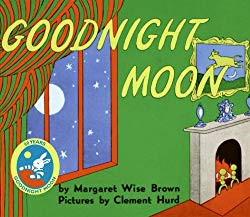
Goodnight Moon written by Margaret Wise Brown and illustrated by Clement Hurd
Classic Board Book for Babies and Toddlers published by Harper Festival a Division of Harper Collins Publishers
Ranked number 1 in School Library Journal’s poll of Top 100 Board Books, Goodnight Moon has a gentle, pleasing cadence that is soothing and relaxing.
In the great green room
There was a telephone
And a red balloon
And a picture of –
Young readers will watch as a young bunny tries to settle for sleep, adjusting the pillow and bedcovers, as the room darkens and eventually sleep comes.
Our first glimpse of the ‘Great Green Room’ does not reveal everything, colour illustrations alternate with black and white. New details are revealed over the course of an hour. Youngsters can watch as the clocks’ hands move and search the room for each of the details described in the text. A companion to The Runaway Bunny, children will make connections between the two books especially when they look carefully at the illustrations.
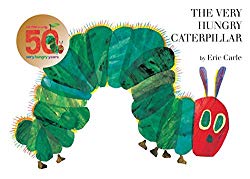
The Very Hungry Caterpillar by Eric Carle
Classic Board Book for Babies and Toddlers published by Philomel Books
What more could you ask for? A beautiful die-cut concept book that includes rich vocabulary, counting from one to five, the days of the week, the transformation of a caterpillar to butterfly and beautiful, richly toned illustrations. This truly is a can’t miss story for babies and preschoolers.
Highly recommended as a gift for baby.
Click to visit our page about The Very Hungry Caterpillar
The Very Hungry Caterpillar at Amazon.com
The Very Hungry Caterpillar at Amazon.ca
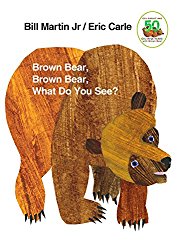
Brown Bear, Brown Bear What Do you See? by Bill Martin Jr and Eric Carle
Classic Board Book for Babies and Toddlers
Simple but beautiful collage illustrations and repetitious, rhythmic text introduce 9 animals and colours. Also notable, the book illustrations include a racially diverse group of children. The simplicity of the story makes it ideal for very young children but also opens the doors for young writers and illustrators to tell their own stories, perhaps using a different sense – Jacob, Jacob, what do you see/hear/smell/touch/taste?
Click to visit our page about Brown Bear, Brown Bear What Do You See?
Brown Bear, Brown Bear, What Do You See? at Amazon.com
Brown Bear, Brown Bear, What Do You See? at Amazon.ca
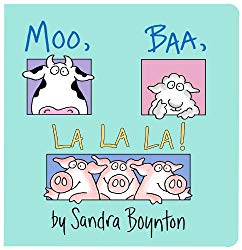
Moo, Baa, La La La! by Sandra Boynton
Classic Board Book for Babies and Toddlers published by Little Simon
Twenty years after first reading Sandra Boynton’s Moo, Baa, La La La!, my guess is that you will still remember the gentle humor of the text and illustrations – even if you can’t quite recite the entire story from memory. There is something very special about Ms Boynton’s ability to write a book that children and adults enjoy equally. Her tales are neither sickly sweet nor predictable and that’s exactly what makes them fun to read aloud. Don’t be the least bit surprised if your child asks to hear her books again and again before ‘reading’ them himself or herself. Every animal oozes personality and Moo, Baa, La La La! is paced in such a way that encourages settling to sleep.
Moo Baa La La La! at Amazon.com
Moo, Baa, La La La! at Amazon.ca
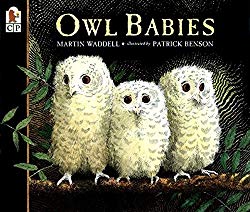
Owl Babies written by Martin Waddell and illustrated by Patrick Benson
Classic Board Book for Babies and Toddlers published by Walker Books
Darker than the other stories described here, Owl Babies is set in a tree, at nighttime. When Mother Owl leaves the nest one night, her babies awaken alone and wonder where she has gone. Sarah and Percy are confident that mama has gone hunting for food. Bill is less confident and more frightened. Happily, Mother Owl does return and reassures all of her children that they needn’t have worried, “You knew I’d come back.”
A good story to share with a child who is experiencing separation anxiety and would benefit from the reassurance that sometimes parents have to go away but he or she will be safe and cared for.
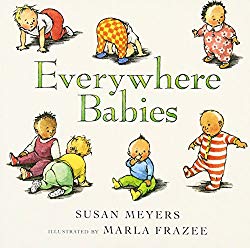
Everywhere Babies written by Susan Meyers and illustrated by Marla Frazee
Classic Board Book for Babies and Toddlers Published by HMH Books for Young Readers
A wonderful celebration of babies and the amazing things they do. The gentle, repetitious and rhyming text introduces the seasons, body parts, clothing, sounds, modes of transportation, toys, games. There is just so much to notice and appreciate about the very detailed and inspiring illustrations including racial and family diversity, loving (but not always well-rested) parents, bottle feeding and breastfeeding and the special relationships that very young children often have with older adults and siblings.
Apart from being a great book to enjoy with very young children, Everywhere Babies has a positive message about babies that is great for preschoolers, especially those with a new brother or sister.
Everywhere Babies at Amazon.com
Everywhere Babies at Amazon.ca
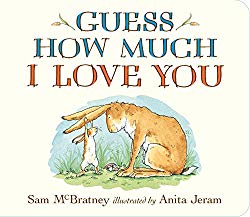
Guess How Much I Love You by Sam McBratney and illustrated by Anita Jeram
Visit the official Guess How Much I Love You website for printable activities and information about the book.
A beautiful, gentle exchange between Little Nutbrown Hare and Big Nutbrown Hare will reassure young readers that the love between someone small and someone big is impossible to quantify. The relationship between the two is not specified although we know that both characters are male. Perhaps it is a father and son or maybe an uncle and nephew, it does not matter at all.
“I love you as high as I can reach,” said Little Nutbrown Hare
“I love you as high as I can reach,” said Big Nutbrown Hare.
That is very high, thought Little Nutbrown Hart. I wish I had arms like that.”
Beautiful watercolor illustrations enhance the story and lovingly capture the personalities of the two hares.
Guess How Much I Love You at Amazon.com
Guess How Much I Love You at Amazon.ca


